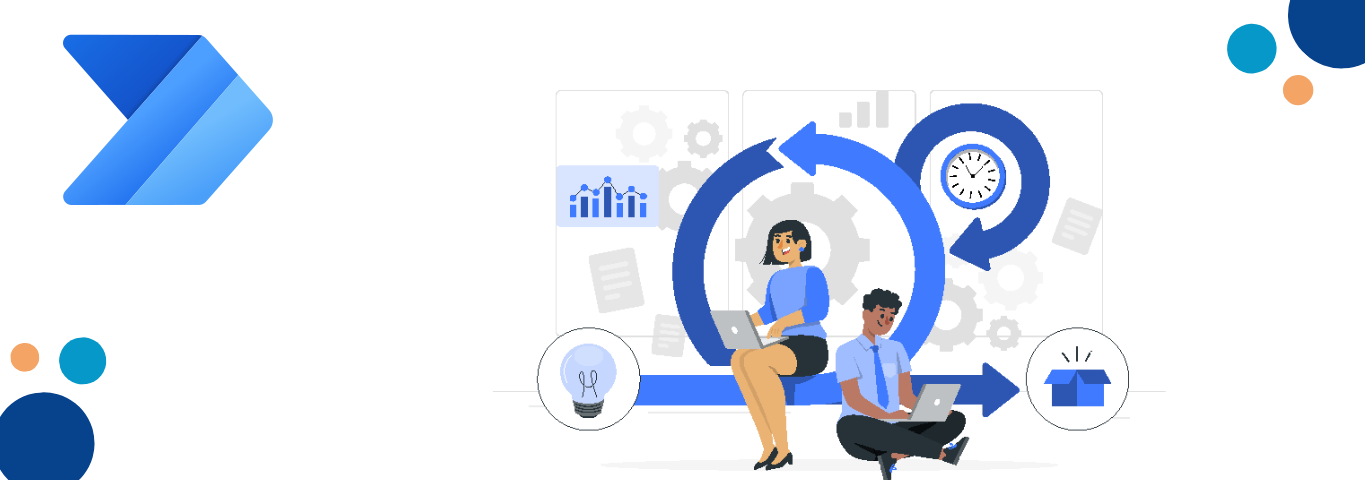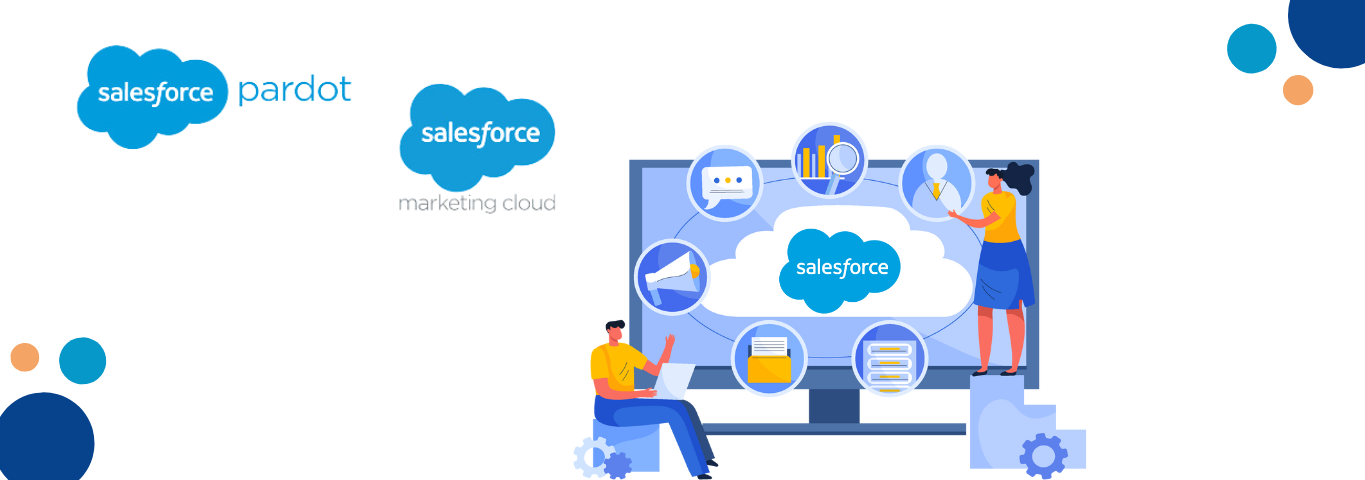In todays fast-paced business world, digital transformation has become a necessity for any company to remain competitive. Two prominent companies in the heavy machinery industry, John Deere and Caterpillar, have recognized digital transformations importance and embarked on their journey toward it.
Deere & Co. and Caterpillar are leading American agricultural and construction equipment producers. Deere & Co. and Caterpillar aim to develop into full-fledged tech firms to advance self-driving technology beyond what the passenger vehicle sector has already accomplished. Deere & Co., doing business as John Deere. There are more than 180 years of John Deere. As it approaches its 100th anniversary, Caterpillar, another well-known maker of machinery, might be said to be on a similar tech firm trajectory.
Both companies have implemented various IT initiatives, including IT service management, cloud computing and virtualization, business process automation, and digital transformation strategy, to stay ahead of the curve.
IT Service Management
Cloud Computing and Virtualization
Cloud computing and virtualization are vital components of digital transformation. They enable companies to reduce IT infrastructure costs, improve scalability, and enhance agility. John Deere has adopted a cloud-first strategy, which involves migrating its IT infrastructure to the cloud. In addition, the company has implemented a private cloud that allows it to scale its IT resources according to the needs of the business. Conversely, Caterpillar has implemented virtualization technology to improve its IT infrastructure utilization and reduce its hardware costs.
Business Process Automation
Business process automation involves using technology to automate repetitive and manual business processes. It enables companies to reduce operational costs, improve efficiency, and enhance customer experience. John Deere has implemented robotic process automation (RPA) technology to automate its manufacturing processes. The company has also implemented workflow automation technology to streamline its business processes. Caterpillar has also implemented RPA technology to automate its financial operations, resulting in significant cost savings.
Digital Transformation Strategy
A digital transformation strategy is the roadmap that guides a companys digital innovation journey. It involves identifying the business objectives, defining the target state, and developing a plan to achieve them. John Deere and Caterpillar have developed digital transformation strategies to achieve their business objectives. John Deeres digital transformation strategy is focused on improving its products and services, optimizing its operations, and enhancing its customer experience. The company has identified these critical areas of focus: precision agriculture, intelligent machines, digital customer experience, and smart factories. Caterpillars digital transformation strategy is focused on improving its product development, enhancing its customer experience, and optimizing its operations. The company has identified four critical areas of focus: digital product development, digital customer experience, digital supply chain, and digital manufacturing.
Comparison of John Deere and Caterpillars IT Initiatives
While both John Deere and Caterpillar have implemented various IT initiatives to drive their digital transformation, the two companies have some critical differences. John Deere has taken a more customer-centric approach to its digital transformation, improving its products and services, and enhancing its customer experience. Conversely, Caterpillar has focused more on improving its internal operations, with a greater emphasis on digital product development and manufacturing.
In addition to the differences in customer-centric versus internal operations focus and cloud computing approach, there are other notable differences in the IT initiatives of John Deere and Caterpillar.
One difference is in the adoption of digital platforms. John Deere has been more hostile in developing digital platforms, such as the John Deere Operations Center, which provides farmers with a central hub to manage their farm data and make informed decisions. The company has also partnered with other technology companies, such as Intel and Microsoft, to develop solutions that improve farming operations. On the other hand, Caterpillar has been more focused on developing digital solutions that will enhance the performance and efficiency of its heavy equipment, such as the Cat Connect platform, which enables customers to monitor and manage their equipment remotely.
Another difference is in data analytics. Both John Deere and Caterpillar have recognized the importance of data analytics in improving their operations and customer experience. However, John Deere has focused on using data analytics to enhance precision agriculture, using artificial intelligence and machine learning to optimize farming operations. Caterpillar has been more focused on using data analytics to improve the performance and efficiency of its equipment, with a particular emphasis on predictive maintenance and remote monitoring.
Finally, there are differences in the approach to digital innovation. John Deere has focused more on developing new products and services that leverage digital technology, such as the connected combine harvester. The company has also invested in start-ups and emerging technologies to stay ahead of the curve. Caterpillar has focused on improving its existing products and services by integrating digital technology, such as telematics, to enhance equipment performance and reduce downtime. The company has also invested in digital manufacturing technologies, such as 3D printing, to improve its supply chain and reduce lead times.
Wrapping up
While both John Deere and Caterpillar have recognized the importance of digital transformation, their approaches to IT initiatives vary depending on their business objectives and priorities. John Deere has taken a more customer-centric approach, focusing on developing digital platforms and solutions that improve the farming experience. Caterpillar has taken a more internal operations-focused approach, enhancing its heavy equipments performance and efficiency. Despite these differences, both companies have shown a commitment to digital transformation.







Comments